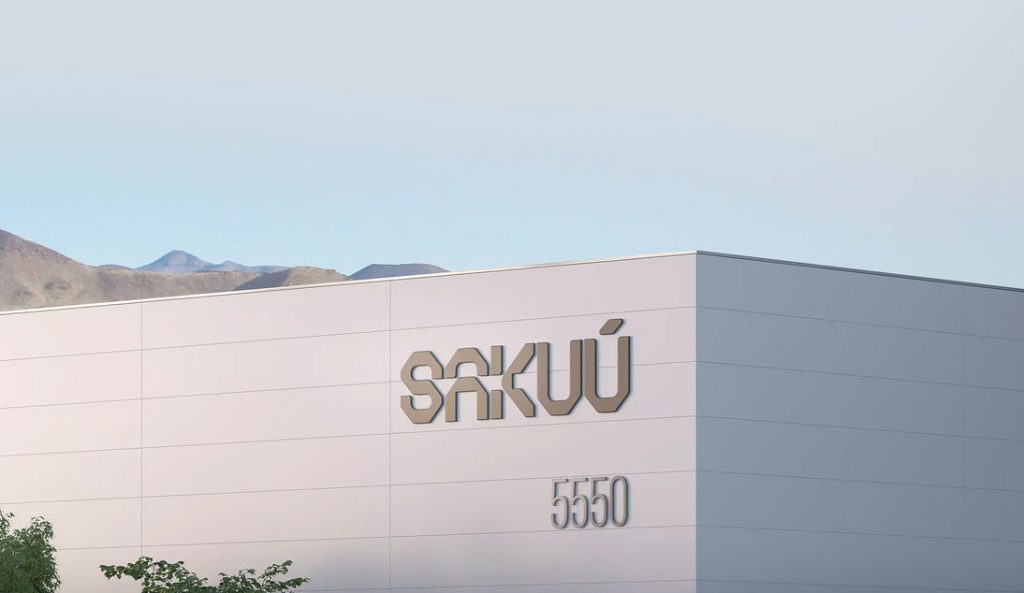Kavian platform and SwiftPrint batteries manufacturer Sakuu Corporation has announced its high-energy Li-Metal Cypress battery cell chemistry.
The company is actively seeking a manufacturing license for its technology, as it believes in its potential to bring about a “significant transformation” in the battery industry. “Our proprietary lithium-metal battery chemistry delivers key cell performance and safety attributes that enable a new paradigm in battery manufacturing and energy storage,” said Sakuu Founder and CEO Robert Bagheri. “We are pleased to launch our Cypress cell chemistry for licensing to today’s battery manufacturers, using roll-to-roll manufacturing technology. We at Sakuu are excited to enable the acceleration of electrification for mobility and other markets.”

Sakuu’s Cypress cell chemistry: an innovative battery technology
Sakuu says its Cypress battery cell chemistry provides a compelling set of performance capabilities that appeal to battery manufacturers in search of innovative solutions. These include a notable power capacity featuring 8C pulse discharge and 3C continuous discharge, along with an energy density surpassing 750 Wh/l. Currently, Sakuu is actively engaged in undergoing industry-standard certification procedures, such as UN/UL testing, for Cypress cell chemistry.
Sakuu has made samples of 5Ah pouch cells available from its Silicon Valley battery pilot line facility. Arwed Niestroj, the Senior Vice President of Sakuu, explained the advantages of lithium-metal battery chemistries, emphasizing their enhanced energy density and various performance benefits. Nonetheless, the development of these chemistries is often hindered by their high reactivity. Sakuu was able to overcome these challenges through the application of novel electrochemistry, enabling large-scale production of lithium-metal chemistry. The compatibility of Cypress with 3D printing provides additional benefits by optimizing battery packaging volume and introducing innovative techniques for thermal management.
Sakuu believes that it has achieved the feasibility, scalability, and safety of Li-Metal cells, enabling manufacturers to obtain licenses for the utilization of this technology in their operations.

Revolutionizing battery industry
Blackstone Resources, a Swiss investment firm focused on battery technology, announced its plans to commence the commercialization of a novel 3D printed sodium-ion battery by 2025. The company’s German R&D subsidiary Blackstone Technology is expected to collaborate with a consortium consisting of academic and industrial partners to demonstrate the viability of their 3D printed solid-state batteries in a real-world application within the next two years. This demonstration will involve installing the 3D printed solid-state batteries on a Eurabus electric bus, thus verifying their performance on the road. To support the commercialization process, Blackstone intended to invest €32 million into a pilot facility at its manufacturing plant based in Germany.
A sustainable new class of supercapacitor was developed by researchers at the Swiss Federal Laboratories for Materials Science and Technology (EMPA) using 3D printing. The completely 3D printed battery consisted of a flexible substrate made of cellulose and glycerol, which was patterned with a conductive ink containing carbon and graphite. This novel design allowed the battery to endure numerous charging cycles while retaining its capacity. Furthermore, the biodegradable nature of the base material enables the possibility of composting the cell after its use, potentially addressing global electronic waste concerns.
What does the future of 3D printing for the next ten years hold?
What engineering challenges will need to be tackled in the additive manufacturing sector in the coming decade?
To stay up to date with the latest 3D printing news, don’t forget to subscribe to the 3D Printing Industry newsletter or follow us on Twitter, or like our page on Facebook.
While you’re here, why not subscribe to our Youtube channel? Featuring discussion, debriefs, video shorts, and webinar replays.
Are you looking for a job in the additive manufacturing industry? Visit 3D Printing Jobs for a selection of roles in the industry.
Featured image shows Sakuu launches its safer, high energy, high power density Li-Metal Cypress cell chemistry for manufacturing licensing. Image via Sakuu Corporation.



